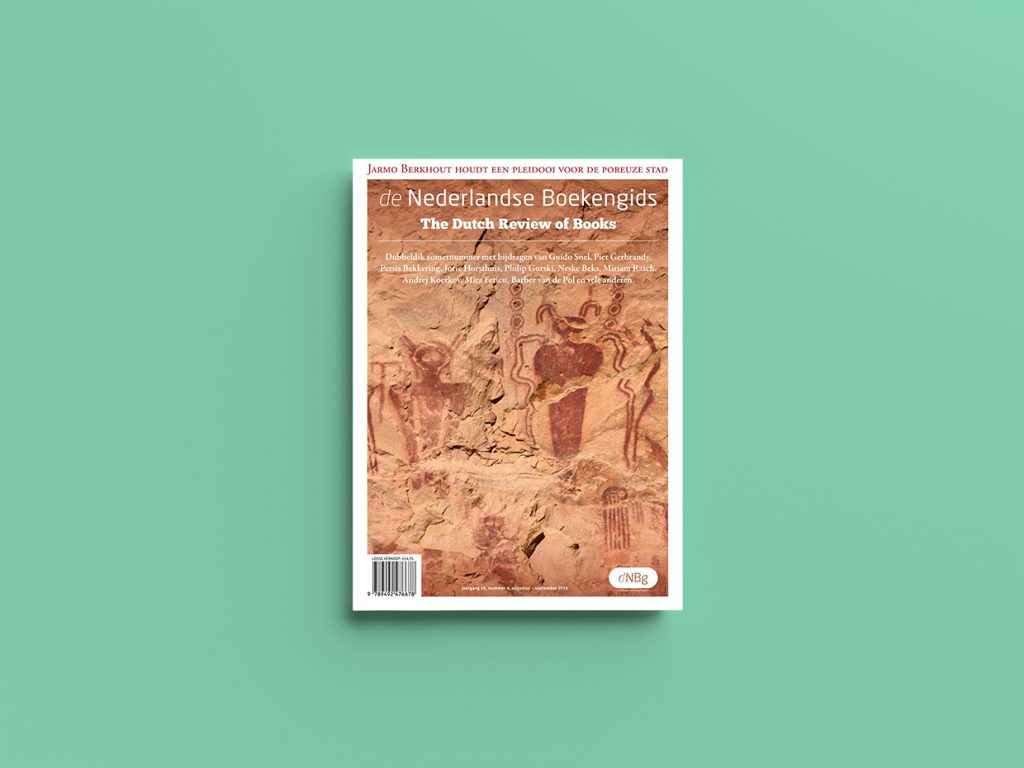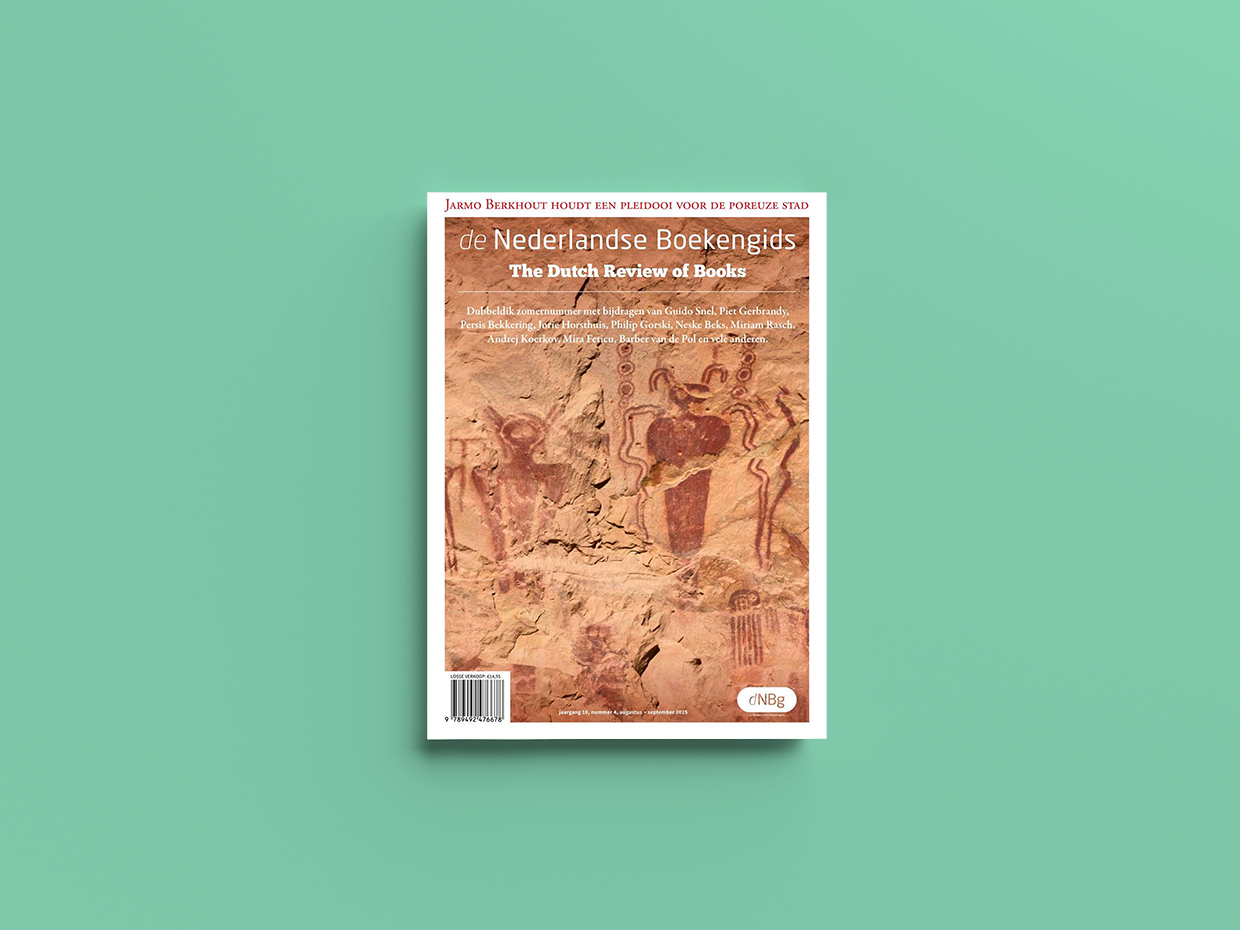July marks the 30th anniversary of the genocide in Srebrenica, which saw more than 8,000 men and boys massacred by Bosnian Serb forces. But what exactly will The Netherlands be commemorating? In The Dutch Review of Books, Guido Snel argues that the voices of survivors are still barely heard in the Dutch debate. although their accounts offer a more authentic perspective on the massacre than the often inaccurate history that has emerged.
In late 1994, Snel trained to join the Dutch peacekeepers in Srebrenica as an interpreter. He would ultimately resign before being deployed, citing his doubts about the UN’s role in the war, as well as the cynicism he had observed among the Dutch troops towards the local population they were assigned to protect. Months later, they would fail to stop the Bosnian Serb army from capturing the town and killing thousands of people who had sought refuge in the UN ‘safe area’.
The tone that Snel encountered during his training became characteristic of much of the public debate in the following years. It marked the beginning of a one-sided account of history that referred to ‘ethnic tribal strife’ – implying shared blame – and which systematically distorted and trivialized the Bosnian perspective by reducing victims to their Muslim identity. The ‘complex, painful and shameful role of the UN’ was reduced to ‘a simple narrative of good intentions and powerlessness’.

According to Snel, the Netherlands has failed to acknowledge the ‘moral truth’ of the victims of the genocide. He borrows this term from Jean Améry, who demanded the right to fully express his experience as a Holocaust survivor, and who rebelled against ‘a present that places the incomprehensible in the cold storage of history’. Snel advocates a culture of remembrance centred on the experiences of survivors, such as Emir Suljagić, an author whose works ‘form the heart of the testimonial literature on Srebrenica’.
The process of fascism
Since the beginning of his second presidential term, Donald Trump has been routinely referred to as a fascist leader. What marked the turning point, and is it justified to speak of a return of fascism? Persis Bekkering turns to the recent works of two philosophers, Alberto Toscano and Brian Massumi, to understand how, and if, the concept applies to politics today.
Both authors approach fascism as a process rather than a set of fixed attributes, constantly changing in response to specific contemporary crises. In Late Fascism, Toscano provides an ‘enlightening meta-commentary’ on existing theories, his broad scope enabling him to think beyond Mussolini and Hitler. He reaches further back to the emergence of capitalism, drawing on the work of Black radical thinkers to highlight the importance of race ideology. It brings him to define fascism ‘as a counter-reaction to a left-wing revolution … that was never fully realised’. Bekkering suggests that Trump’s rule could also be understood as a backlash to the ‘half-baked leftwing cultural revolution (‘wokism’) of the past ten years’.
Massumi develops his own theory in The Personality of Power. Through the prism of Trump’s persona, he analyses contemporary fascism as a process of constantly shifting affects, ideas and individuals. His framework is useful for thinking beyond outdated categories: Trump is not the traditional strong male leader; it is his balancing of strength and weakness that enables such strong identification. ‘Trump’s orange face, his limited vocabulary, his pouting – precisely as a flawed man, the effect of his personality is even greater than if he had been an exemplary, infallible superhero’. Yet Bekkering finds that Massumi’s ‘dizzying’ and ‘abstract’ philosophy offers too little grounding to explain specific current events.
Beautiful and sad
The Netherlands has one of the world’s oldest euthanasia laws, allowing medically assisted death for people experiencing unbearable suffering with no prospect of improvement. The ongoing debate about the law’s limits at times leaves little room for nuance, writes Miriam Rasch. A self-chosen death can be beautiful and sad at the same time, a duality which she feels is sometimes lost amid the polarisation between supporters and opponents.
Rasch explores this duality across a series of works that deal with the boundary between life and death, each complicating the idea of euthanasia as ‘a carefree ending that can be ordered and executed with an equally carefree snap of the fingers’. A self-chosen death is still preceded by pain and suffering, and both requesting and carrying out euthanasia carry a great deal of philosophical weight. The experiences of general practitioners and patients alike raise complex questions concerning autonomy, responsibility and obligation.
Some have argued in favour of allowing euthanasia in cases of ‘completed life’, eliminating the current medical criteria. But what constitutes a complete life? Not ‘a life without farewells, a life in which suffering is not welcome,’ writes Rash. And yet, the autonomy to decide on one’s own end of life is too often described as the choice for a ‘good death’ that reduces pain and suffering.
Rasch advocates a ‘reflective autonomy’ that considers the consequences and complexities of end-of-life decisions: ‘Saying that death is part of life is a platitude – it closes the conversation instead of opening it up. Just like the word “completed” seems to do’. She suggests that we collectively engage in a conversation about death, before these complex existential choices are outsourced to algorithms or a technocratic set of legal criteria. They require dialogue and reflection on life and death, ‘not only when the moment is near, but with respect for the time it takes’.
Review by Koba Ryckewaert








